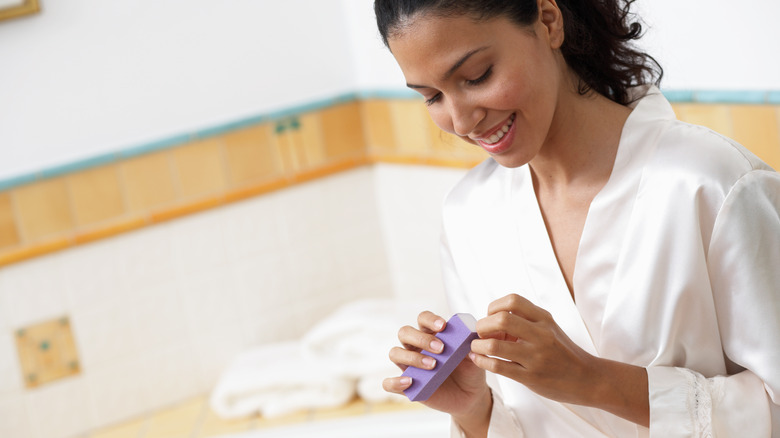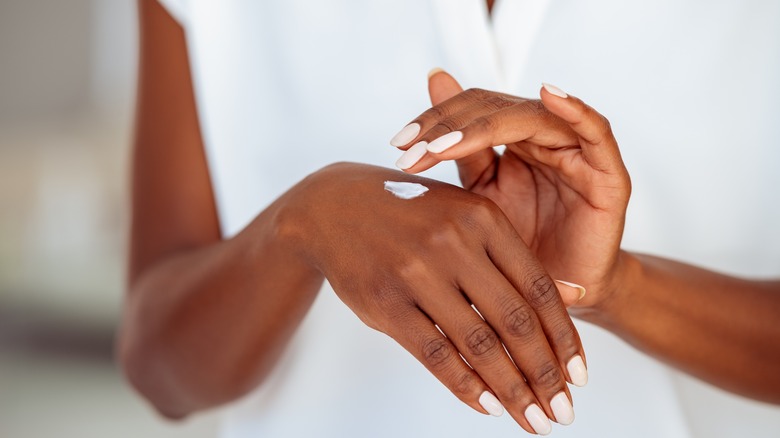How Chemotherapy Can Affect Your Nails
Chemotherapy is a treatment that uses medicine to destroy cancer cells. It works by targeting rapidly-growing cells, which cancer cells are (via WebMD). Chemotherapy can be administered in different ways, such as intravenously, orally, or topically, depending on the type of cancer and the specific drugs used.
Chemotherapy drugs work by interfering with the cancer cells' ability to divide and grow. Some drugs work by damaging the DNA inside the cancer cells.
While chemotherapy can be an effective treatment for many types of cancer, it can also have side effects that can be challenging to manage. This is because chemotherapy can also affect other rapidly-growing healthy cells, such as those found in the digestive tract, bone marrow, and hair. This can cause side effects, such as fatigue, nausea, lack of appetite, and increased risk of infection.
One of the less talked about side effects of chemotherapy is its potential impact on the nails. If you've noticed any changes in your nails, it's important to work closely with your healthcare team to manage these side effects and ensure the best possible outcome for your cancer treatment.
How chemotherapy can affect your nails
As mentioned, the drugs used in chemotherapy target rapidly dividing cells. As a side effect, they can also cause damage to the nail matrix, which is part of the nail where new cells are produced.
According to the National Cancer Institute, chemotherapy drugs can have several side effects on the nails, including cracks, infections, and painful cuticles. A 2022 study published in the Indian Dermatology Online Journal mentions another side effect known as onycholysis — a condition where the nail separates from the nail bed.
According to the study, chemotherapy can also cause other nail changes, such as horizontal streaks, splinter hemorrhages, white bands on the nails, and yellow discoloration. Some of these changes are temporary and may go away after treatment is complete, while others may be permanent.
If you are undergoing chemotherapy and are concerned about how it affects your nails, talk to your doctor.
How to manage nail changes during chemotherapy
Although chemotherapy can significantly impact your nails, you can take steps to minimize the damage and protect your nails. Keep your nails clean, avoid manicures and pedicures, and wear gloves when doing activities that could damage your nails, such as washing dishes or gardening, warns the National Cancer Institute.
In addition, it's a good idea to keep your nails short to prevent accidents. You'll also want to avoid tight-fitting shoes.
You may want to talk to your doctor about taking biotin supplements. Biotin is a B vitamin important for nail health, says the American Academy of Dermatology Association. While there is no definitive evidence that biotin can prevent or treat nail changes caused by chemotherapy, some people find it helps (per American Cancer Society).
Chemotherapy can cause the nails to become dry and brittle, leading to cracking and splitting. Using a water-soluble nail lacquer may help protect the nails. Your doctor may even provide a prescription nail polish.
Before using these strategies, consult a doctor or dermatologist for recommendations for your unique situation. They may suggest ointment or medications to manage nail changes.



